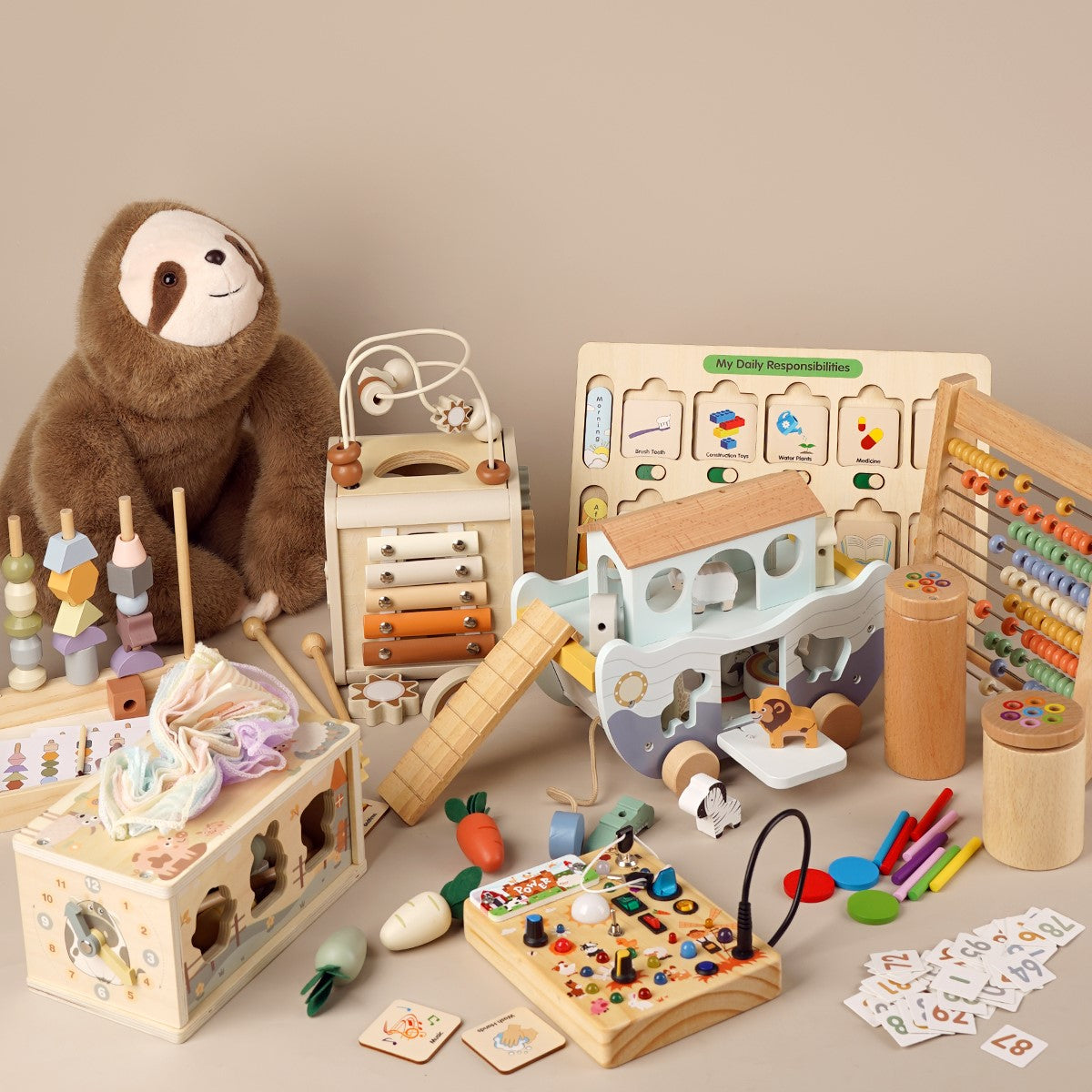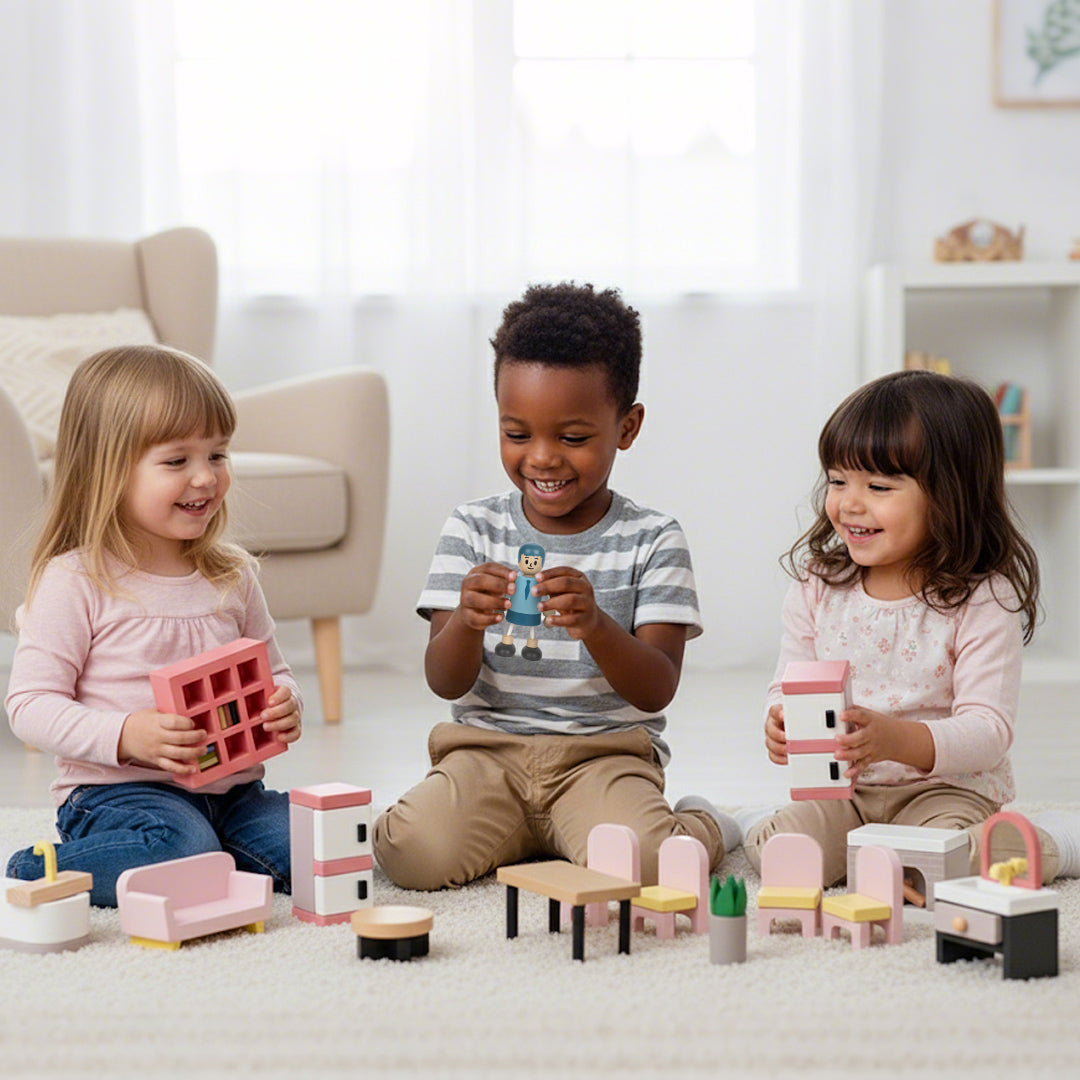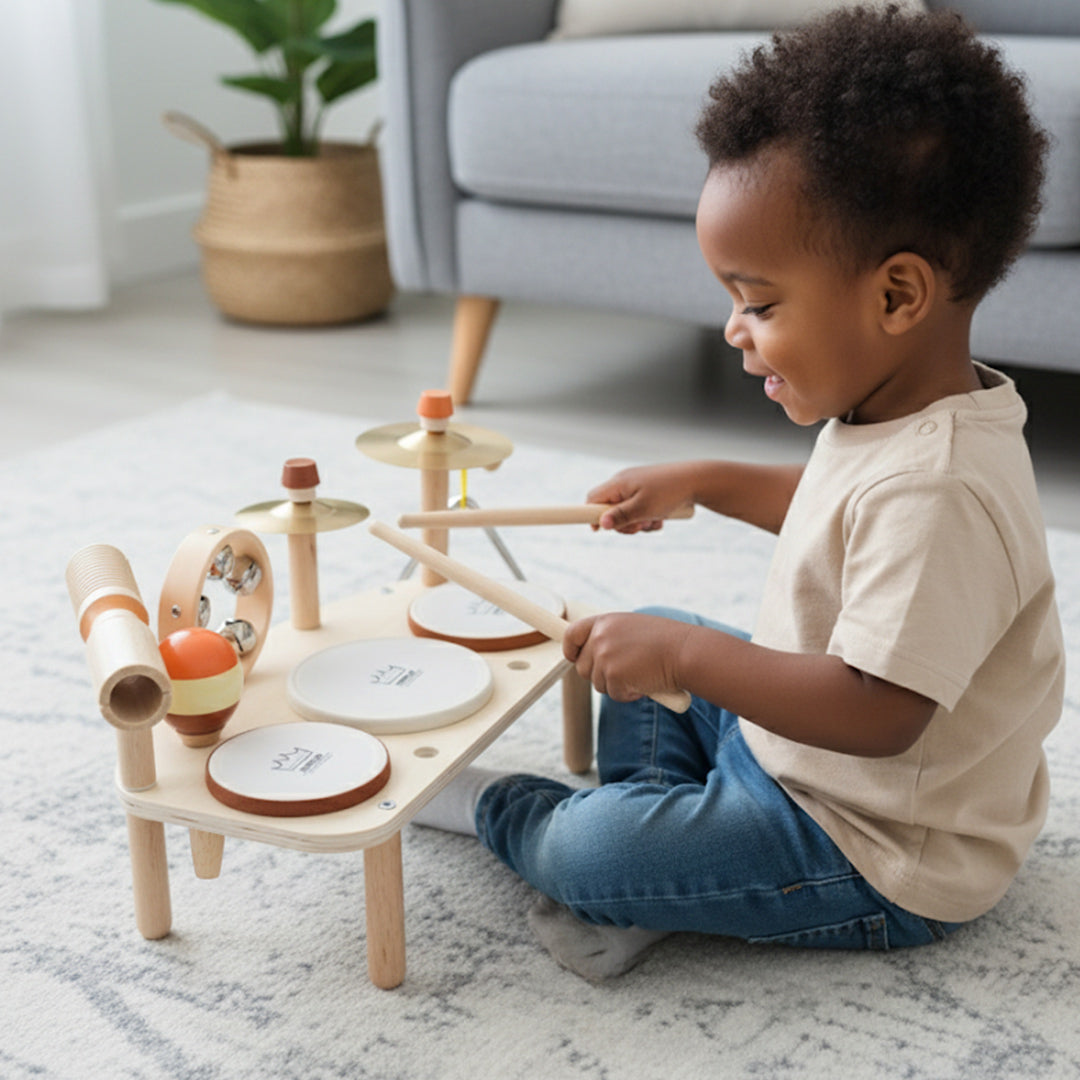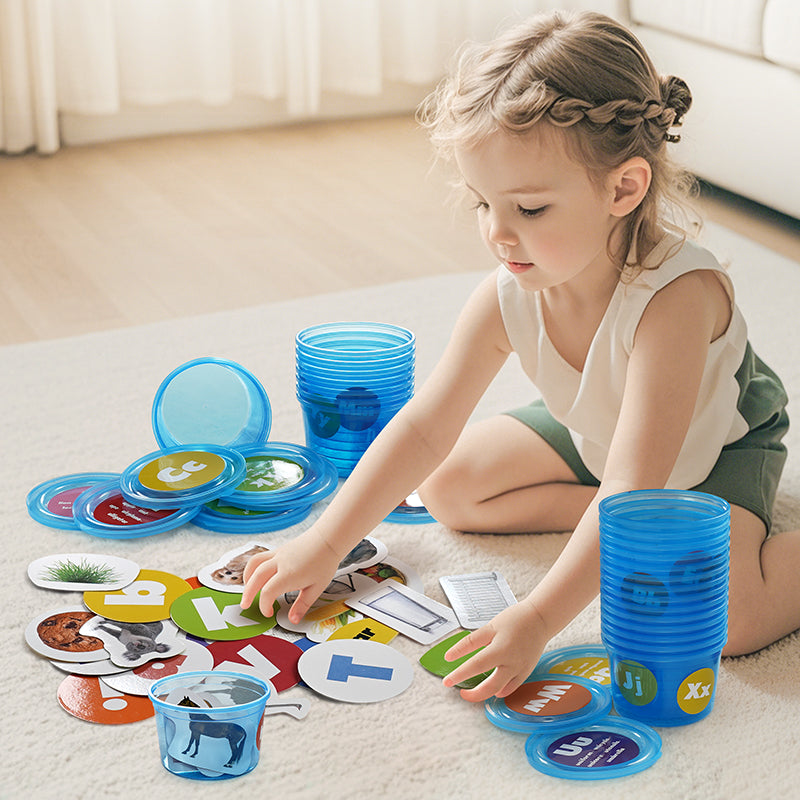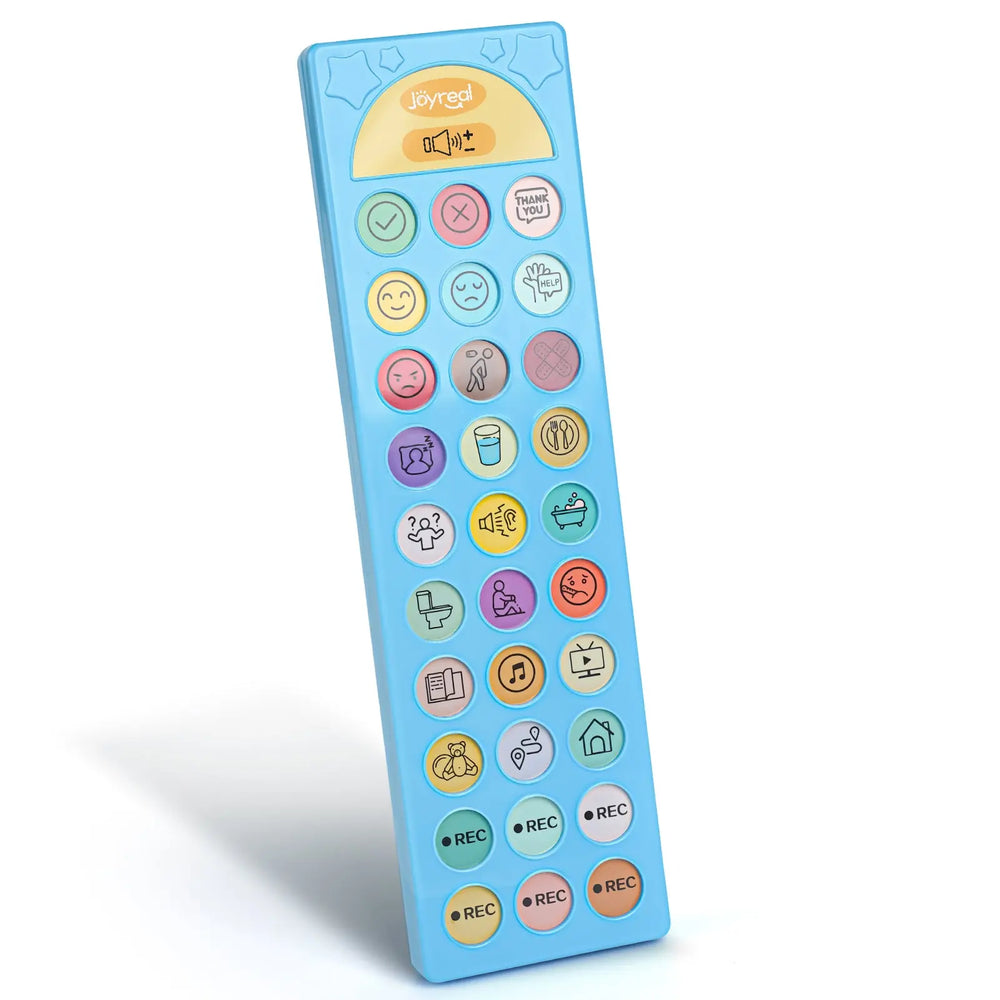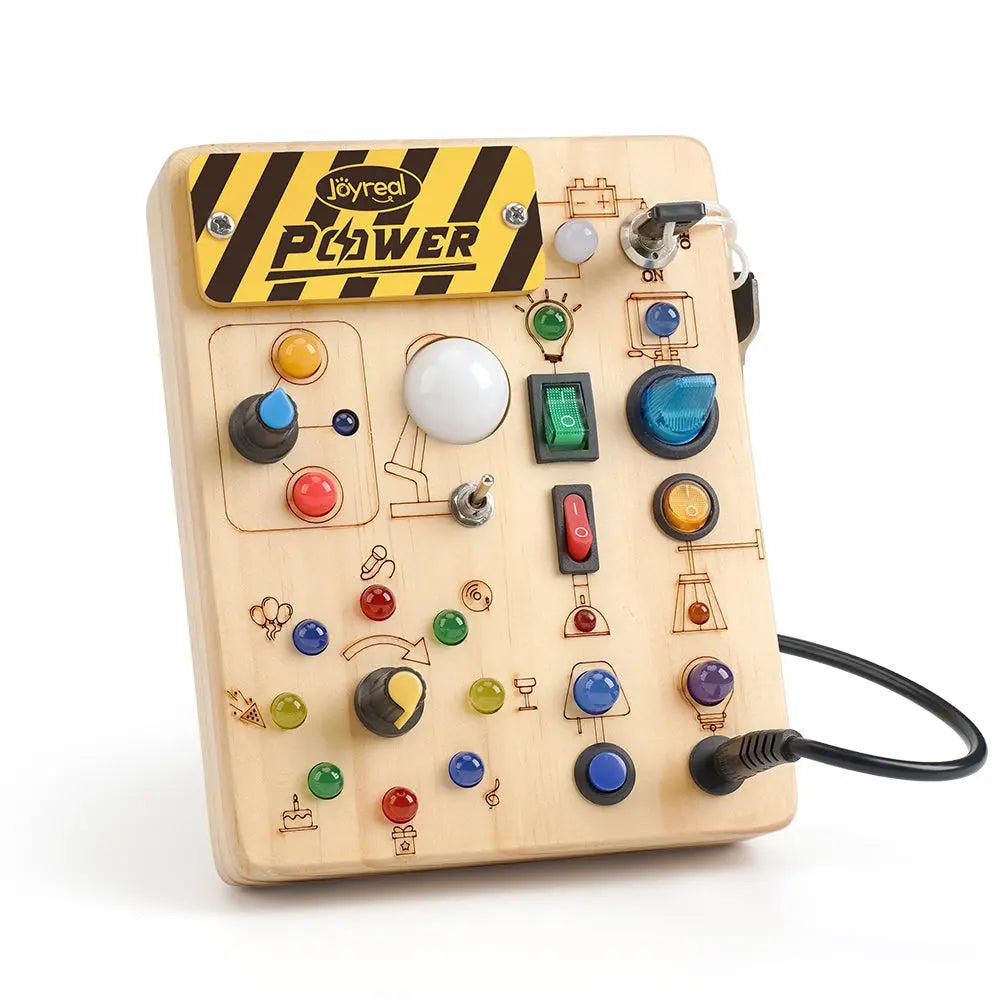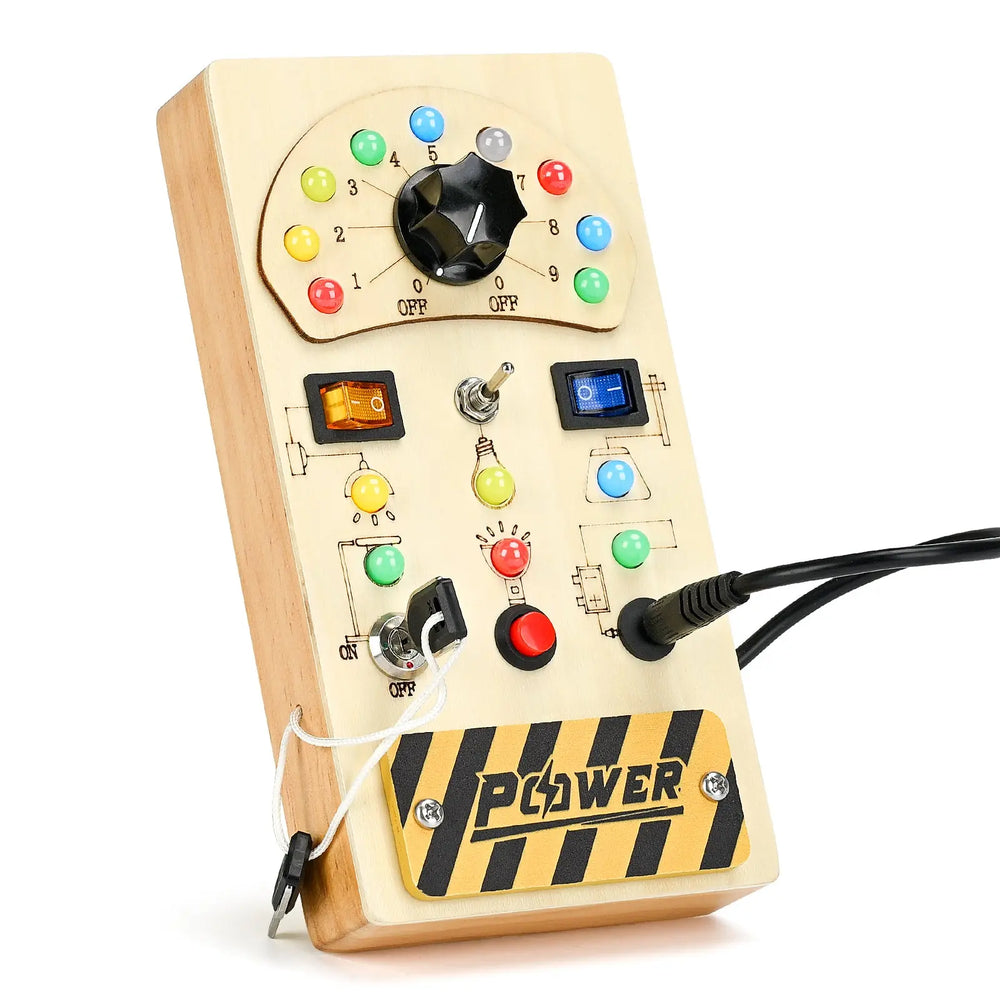Understanding and Supporting Special Needs Kids

Every child is unique, but some children face additional challenges due to physical, cognitive, emotional, or developmental differences. These children, often referred to as "special needs kids," require extra support, patience, and understanding to thrive.
As parents, educators, and caregivers, it’s essential to recognize their needs and provide an inclusive environment where they can grow and succeed.
What Are Special Needs?
Special needs refer to a broad range of disabilities and conditions that affect a child’s ability to learn, communicate, or perform daily activities. These can include:
- Developmental Disabilities (e.g., Autism Spectrum Disorder, Down Syndrome)
- Learning Disabilities (e.g., Dyslexia, ADHD)
- Physical Disabilities (e.g., Cerebral Palsy, Muscular Dystrophy)
- Sensory Impairments (e.g., Blindness, Deafness)
- Emotional & Behavioral Disorders (e.g., Anxiety, Oppositional Defiant Disorder)
Each child’s experience is different, and understanding their specific needs is the first step toward effective support.
The Importance of Early Diagnosis and Intervention
Early recognition of developmental delays or learning differences can make a tremendous difference. Early intervention programs offer therapies and support that can help maximize a child’s abilities and independence.
1. Early Intervention for Autism Spectrum Disorder (ASD)
Children with ASD benefit greatly from early support. Here are key intervention strategies:
1. Applied Behavior Analysis (ABA) Therapy
A structured therapy that reinforces positive behaviors and reduces harmful ones.
Helps with social skills, communication, and daily living activities.
2. Speech & Language Therapy
For nonverbal children, AAC devices for autism (Augmentative and Alternative Communication) can be life-changing. These include:
- Picture Exchange Communication System (PECS)
- Speech-generating tablets (e.g., Proloquo2Go)
- Sign language or communication boards
3. Occupational Therapy (OT)
- Helps with sensory processing, motor skills, and self-care tasks.
- Uses tools like weighted blankets, fidget toys, and sensory bins.
4. Social Skills Training
- Role-playing, group activities, and peer interactions improve social understanding.
5. Parent & Caregiver Training
- Learning how to reinforce skills at home ensures consistency.
2. Early Intervention for Attention Deficit (ADHD)
For children with ADHD, early support can enhance focus, self-regulation, and learning. Key strategies include:
1. Structured Routines & Visual Schedules
- Predictable routines reduce anxiety and improve task completion.
2. Montessori Busy Boards for ADHD
Hands-on montessori busy board help with:
- Fine motor skills
- Focus and concentration
- Independent play
- Examples: Zipper boards, latch boards, bead mazes.
3. Behavioral Therapy
- Positive reinforcement for good behavior (e.g., reward charts).
- Clear, consistent rules and consequences.
4. Movement & Sensory Breaks
- Short bursts of physical activity (jumping, stretching) help with focus.
- Fidget tools (stress balls, wobble cushions) can improve attention.
5. Parent & Teacher Collaboration
- Schools can implement Individualized Education Programs (IEPs) or 504 Plans for accommodations.
3. Physical Disabilities (Cerebral Palsy, Muscular Dystrophy)
Signs to Watch For:
- Delayed motor milestones (sitting, crawling)
- Muscle stiffness or weakness
- Difficulty with coordination
Intervention Strategies:
- Physical & Occupational Therapy – Strengthens muscles and mobility.
- Assistive Technology – Walkers, wheelchairs, adaptive utensils.
- Hydrotherapy & Horseback Riding (Hippotherapy) – Improves movement.
- Home Modifications – Ramps, grab bars, accessible furniture.
🔹 Key Tools: Orthotic braces, adaptive seating, switch-accessible toys.
4. Sensory Impairments (Blindness, Deafness)
Signs to Watch For:
- Lack of response to sounds (Deafness)
- Not tracking objects visually (Blindness)
- Over-sensitivity to textures/sounds (Sensory Processing Disorder)
Intervention Strategies:
- Early Use of Hearing Aids/Cochlear Implants (for Deafness).
- Braille & Tactile Learning (for Blindness).
- Sign Language & Speech Therapy – Encourages communication.
- Sensory Integration Therapy – Helps with touch/sound sensitivities.
🔹 Key Tools: Hearing aids, textured toys, vibrating alarms.
5. Emotional & Behavioral Disorders (Anxiety, ODD)
Signs to Watch For:
- Extreme tantrums or aggression (ODD)
- Excessive fear/worry (Anxiety)
- Difficulty following rules
Intervention Strategies:
- Play & Cognitive Behavioral Therapy (CBT) – Manages emotions.
- Social-Emotional Learning (SEL) Programs – Teaches coping skills.
- Consistent Routines & Positive Reinforcement – Reduces meltdowns.
- Parent Training Programs – Teaches effective discipline strategies.
🔹 Key Tools: Calm-down corners, emotion cards, weighted blankets.

How to Support Special Needs Kids
1. Educate Yourself
Learn about the child’s condition—whether it’s Autism, ADHD, or a physical disability. Knowledge helps in providing appropriate care and reducing misconceptions.
2. Encourage Inclusion
Promote environments where special needs children can interact with peers. Inclusive classrooms, playgroups, and community activities help build social skills and confidence.
3. Practice Patience & Empathy
Some children may take longer to process information or express themselves. Avoid frustration and offer encouragement. Celebrate small victories!
4. Use Clear & Positive Communication
- Give simple, step-by-step instructions.
- Use visual aids if needed (aac communication devices, pictures, charts, sign language).
- Reinforce positive behavior with praise.
5. Collaborate with Professionals
Work with teachers, therapists, and doctors to create a tailored support plan (e.g., IEP—Individualized Education Program).
6. Foster Independence
Encourage self-help skills based on their abilities. Simple tasks like dressing, eating, or organizing can boost confidence, like play montessori busy board to Improves concentration.
7. Be an Advocate
Stand up for their rights in schools and public spaces. Awareness leads to better resources and acceptance.
The Importance of Emotional Support
Special needs children often face frustration, anxiety, or low self-esteem. Providing emotional security is crucial:
- Listen actively—Let them express feelings without judgment.
- Create a safe space—A calm, structured environment reduces stress.
- Encourage hobbies & strengths—Art, music, sports, or coding can be great outlets.
Conclusion
Raising a child with special needs is a journey filled with unique challenges, but also immense rewards. These remarkable children bring extraordinary joy, resilience, and valuable perspectives to our world. While the path requires patience, love, and adaptability, the right support can make all the difference in helping them thrive.
Key to their success is early intervention—particularly for conditions like ASD and ADHD. Practical tools such as AAC devices for autism and Montessori busy boards for ADHD can significantly enhance development when introduced at a young age. Equally important is creating an inclusive, understanding environment that nurtures their growth at home, in school, and in the community.
If you have concerns about your child's development, don't wait—consult a pediatrician or specialist promptly. Early evaluation and intervention lead to the most positive outcomes. Remember, whether you're a parent, educator, or caregiver, your support plays a transformative role in unlocking their incredible potential. Together, through compassion and action, we can help every child shine.
Maybe it will be helpful for you:
Recent Post

What Finally Helped My Toddler Speak Up?
If you’re a toddler mom, you already know how much emotional weight...

Joyreal Christmas Toys Deals 2025
Enjoy instant savings across nearly every category, from early lear...

How Wooden Montessori Toys Support a Sustainable Childhood
Most parents don’t say it out loud, but many feel the same quiet fr...

Top Christmas Gifts to Help Kids Communicate Better This Holiday Season
The holiday season brings joy, family bonding, and endless opportun...

How to Make DIY Printable Communication Boards
Communication is at the heart of every child’s development — and fo...

Top 5 Christmas Gifts That Bring Families Closer (2025 Guide)
Christmas isn’t just about the gifts — it’s about the moments we c...

Top Musical Christmas Gifts for Toddlers & Preschoolers 2025
Why Musical Gifts Are Perfect for Toddlers and Preschoolers Music h...

Joyreal AAC Devices Wholesale Partner
In today’s educational and therapeutic environments, speech therapi...

Joyreal AAC Device – Big Sale for Autism & Speech
Every Voice Deserves to Be Heard Imagine your child looking up at y...

How to Choose Safe & Educational Toys for Christmas 2025
When “Just a Toy” Means So Much More If you’re a parent, you know t...
